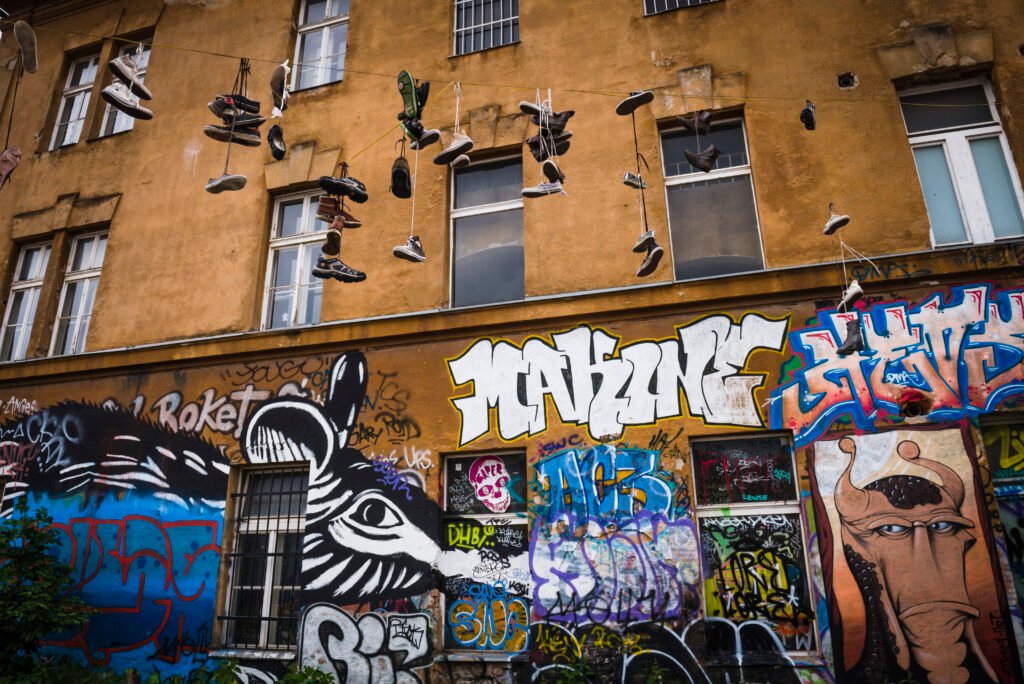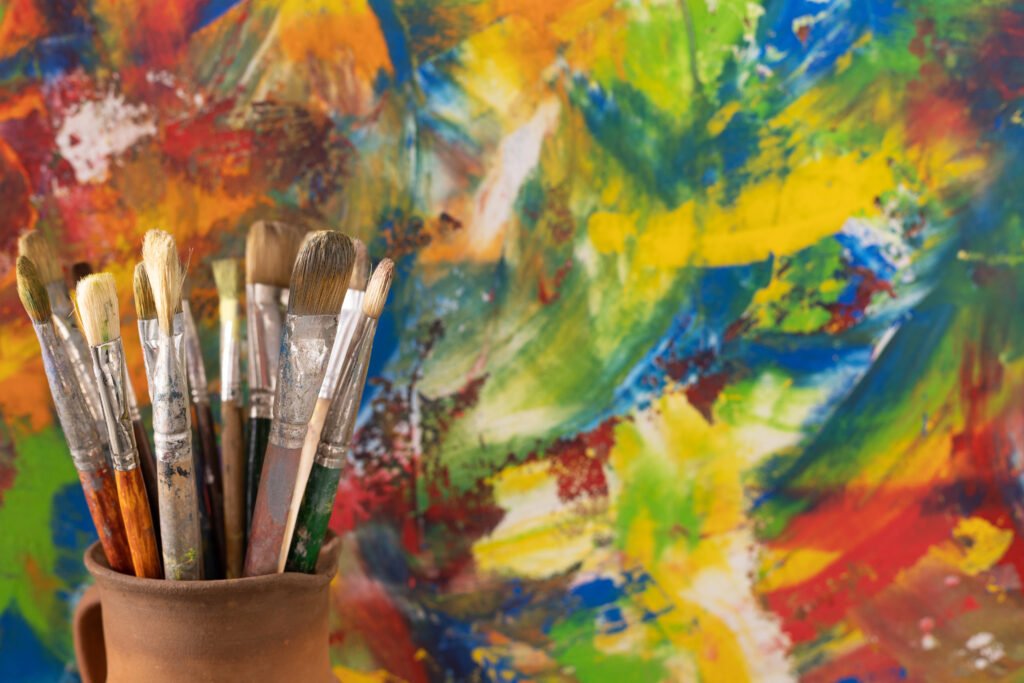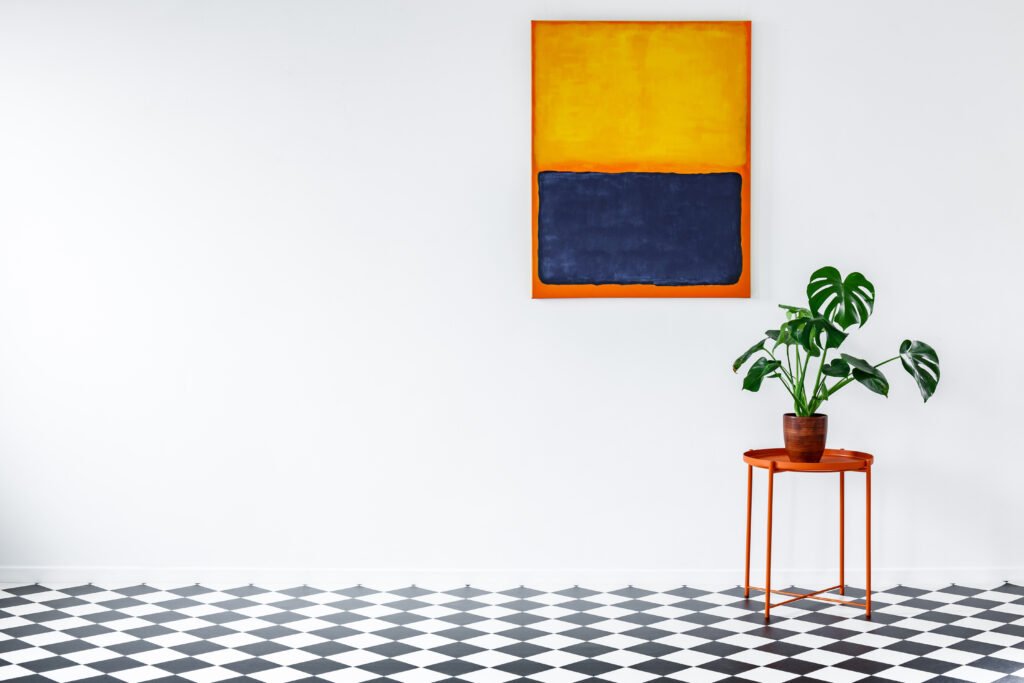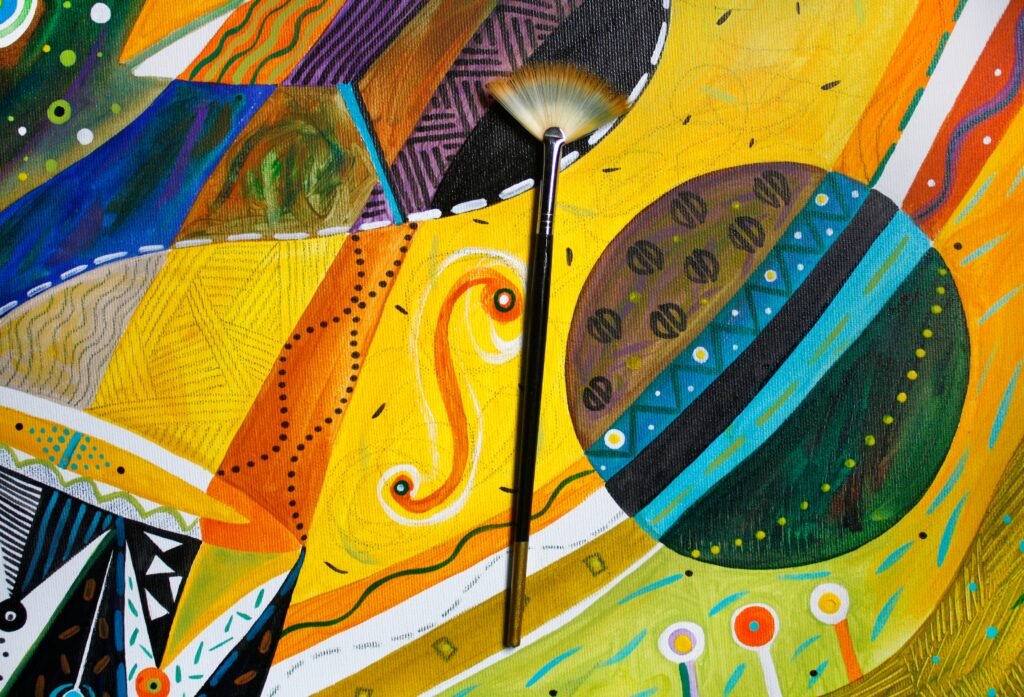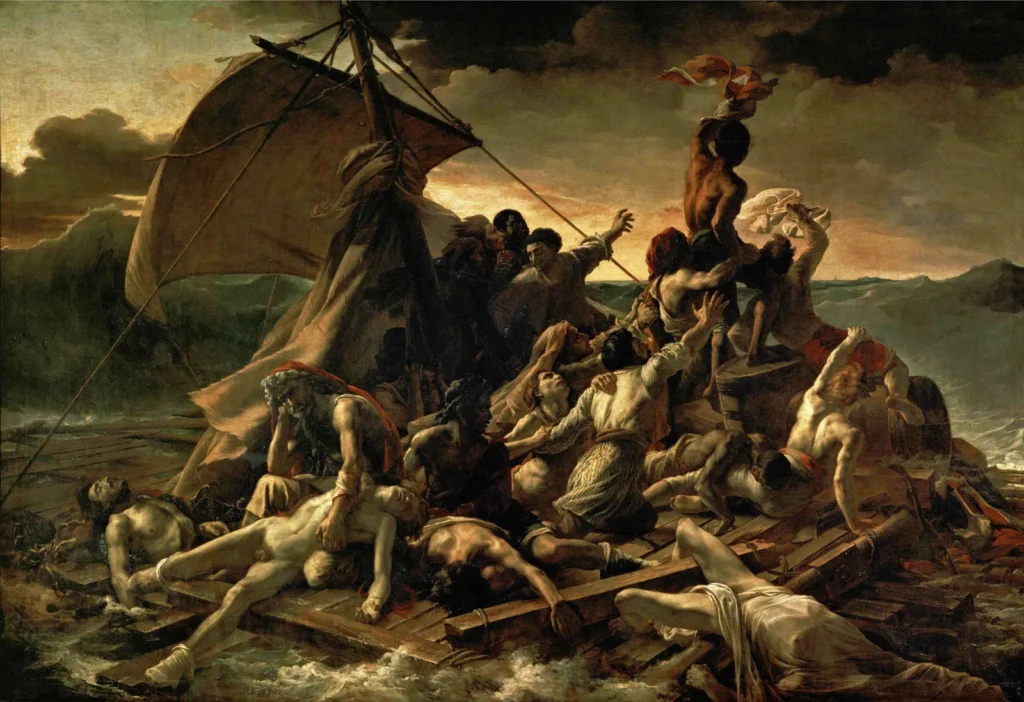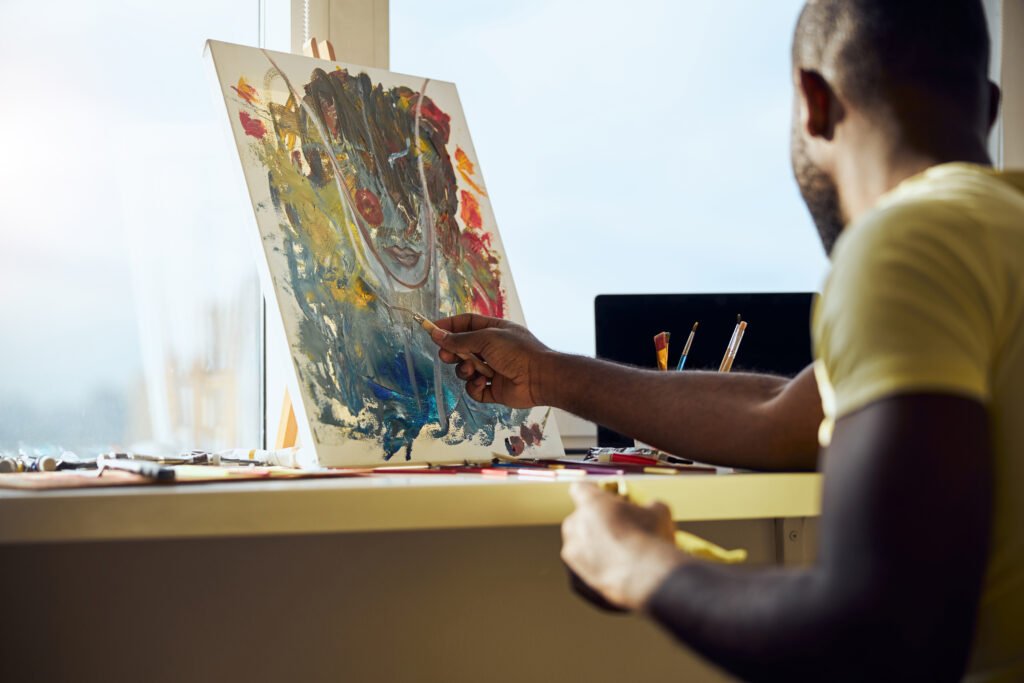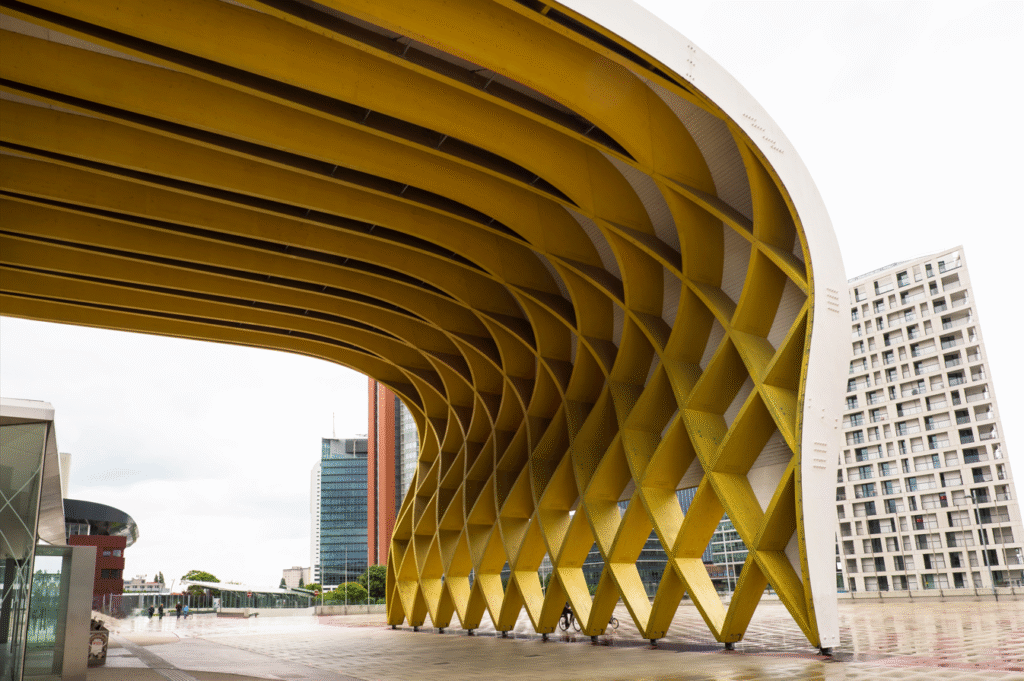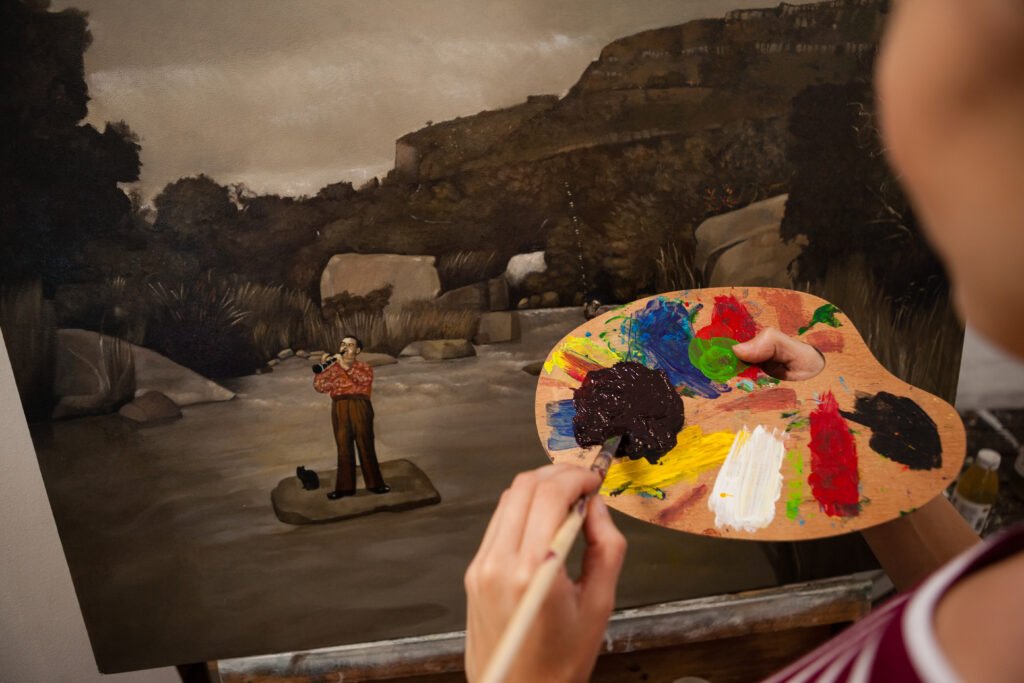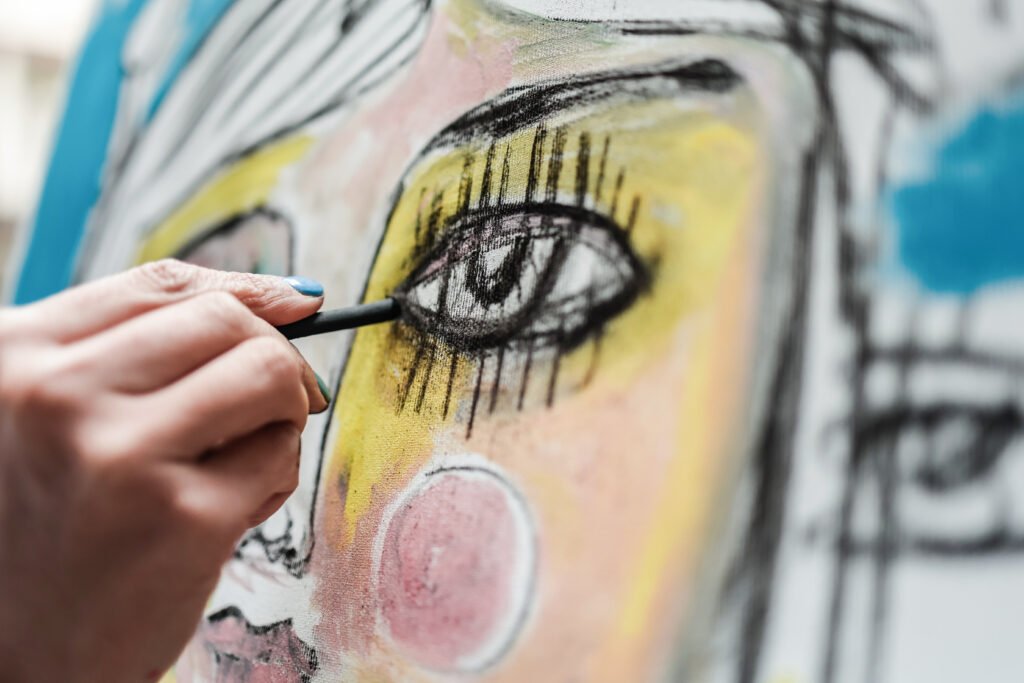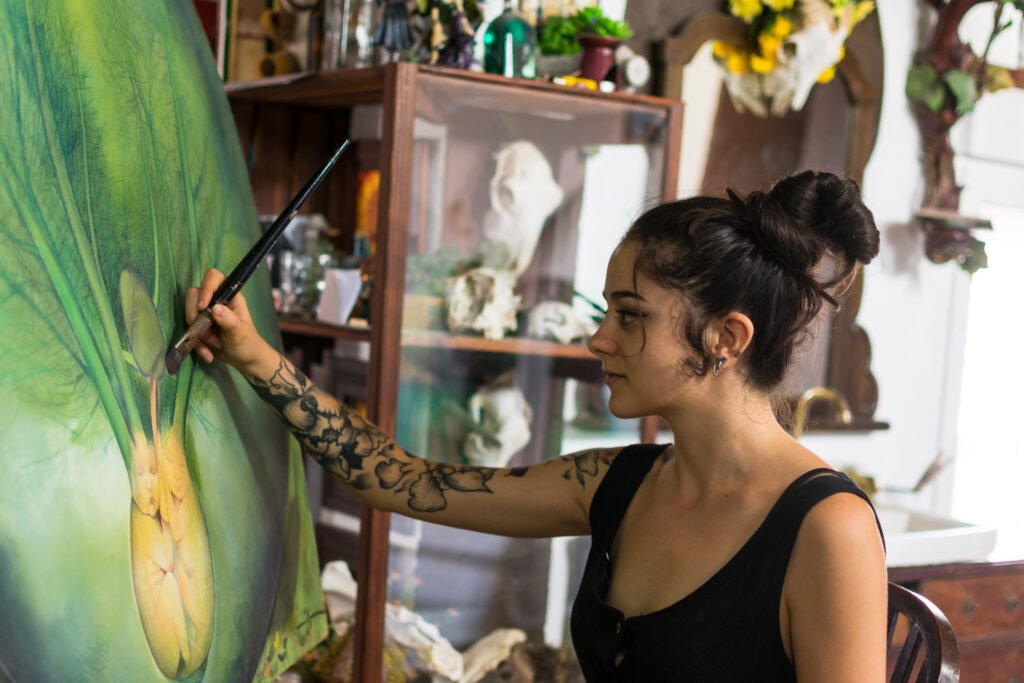Street Art: The Visual Cry of Contemporary Art in Cities
Street Art has taken over city walls to transform everyday spaces into vibrant canvases. More than just street painting, it asserts itself as a critical, popular, and immediate language of contemporary art. With urban roots and a rebellious spirit, this form of expression breaks the boundaries of galleries and challenges the public in full circulation. […]
Street Art: The Visual Cry of Contemporary Art in Cities Read More »

